FOMA 43: The Past Of The Zoo
In the last part of the trilogy talking about the future, the present and the past we are in collaboration with Ana Barata from Gulbenkian Foundation Library presenting Raul Lino and his work as part of Forgotten Masterpieces.
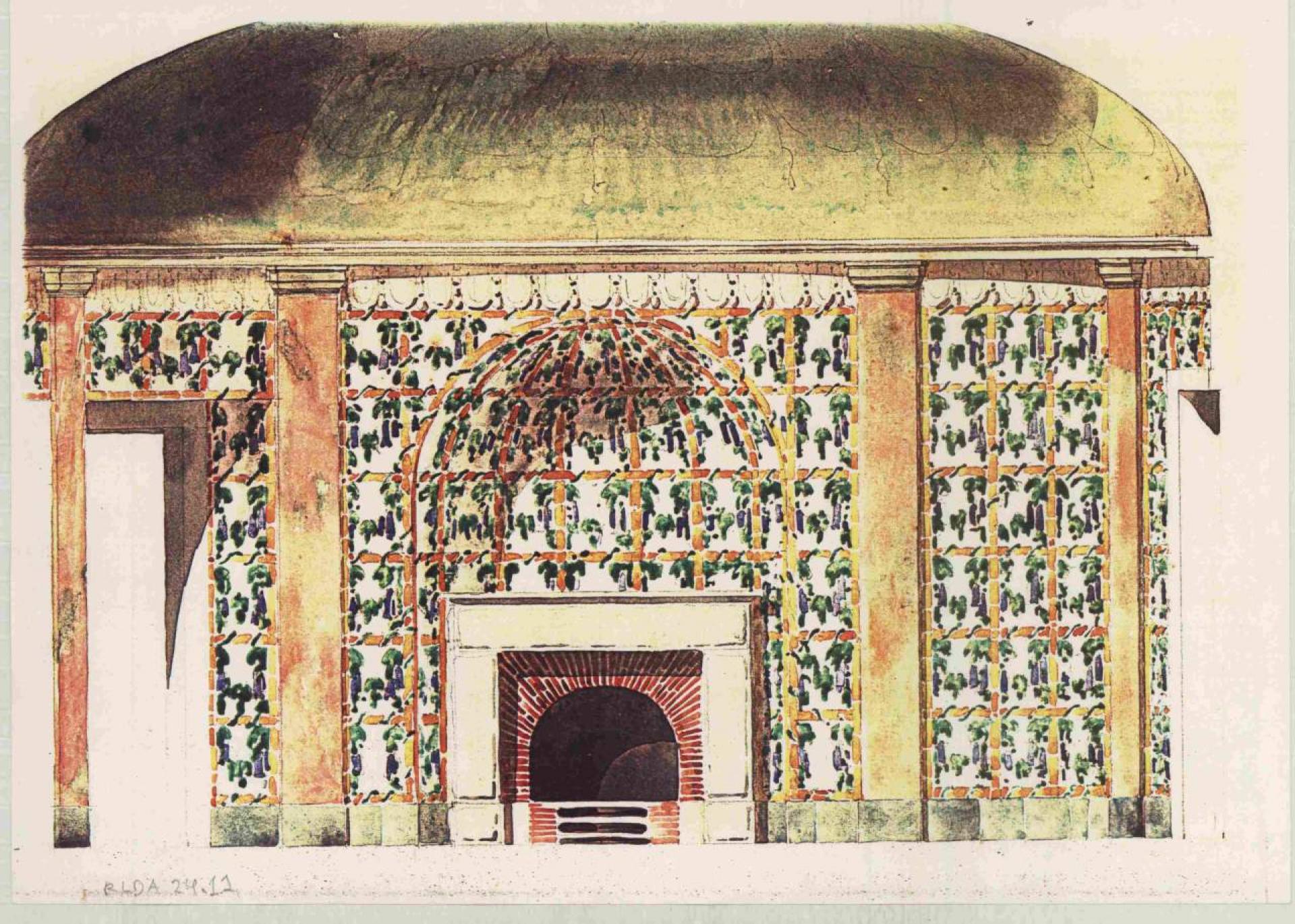
The Cypress House in São Pedro de Sintra is one of the works that marked the professional life of Raul Lino. A residential building called “A Pedreira” was Lino’s personal residence. | Espólio Raul Lino - Gulbenkian Foundation I Art Library
Raul Lino (1879-1974) left Portugal for England in 1890, where he completed his first studies at a college near Windsor, and later to Germany to learn the language and study architecture. Lino met the historian and architect Albrecht Haupt (1852-1932) in Hanover and for whom he worked until he returned to Portugal. This coexistence proved to be remarkable in his thinking and in the definition of some of the principles of his architectural production. With Haupt, a specialist of Portuguese Renaissance architecture, Lino absorbed a historicist and nationalist spirit of a classic nature and simultaneously, discovered a Portugal that he did not know.

The cypress represented Lino’s personality, someone isolated and imposing, as well as the formal characteristics of this type of tree. This project contained intimacy, modesty, passions, that is, something that is thought through in detail by who will live it. | Espólio Raul Lino - Gulbenkian Foundation I Art Library
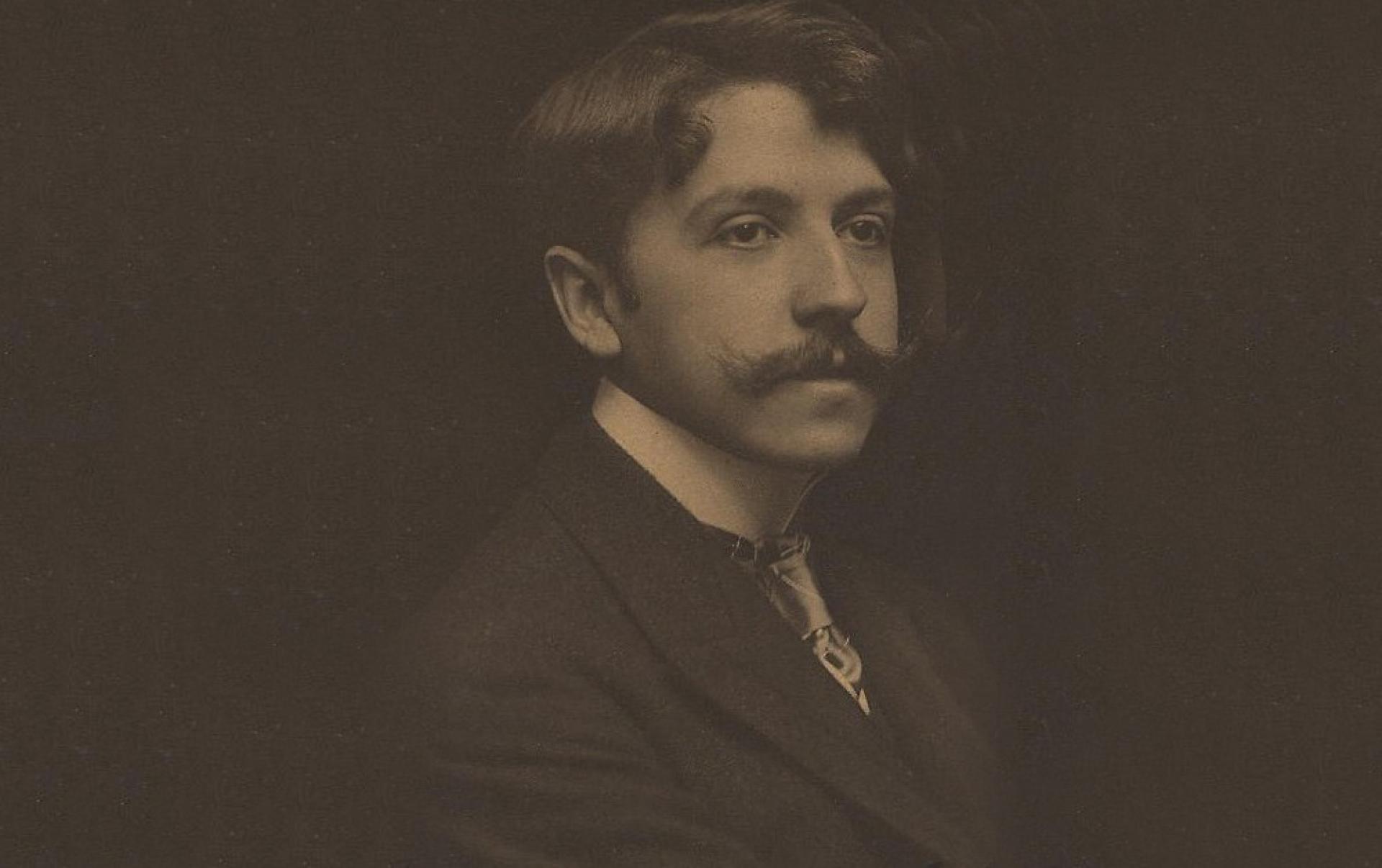
Another influence, revealed by himself, was the writer A. D. Thoreau, whose book Walden or life in the woods exalts the values of meditative life in harmony and communion with nature, accompanied him throughout his life. Music was also an influence as well as the trips Lino made: first through the country in the company of his friend the painter Roque Gameiro, then, in 1902, through Morocco.
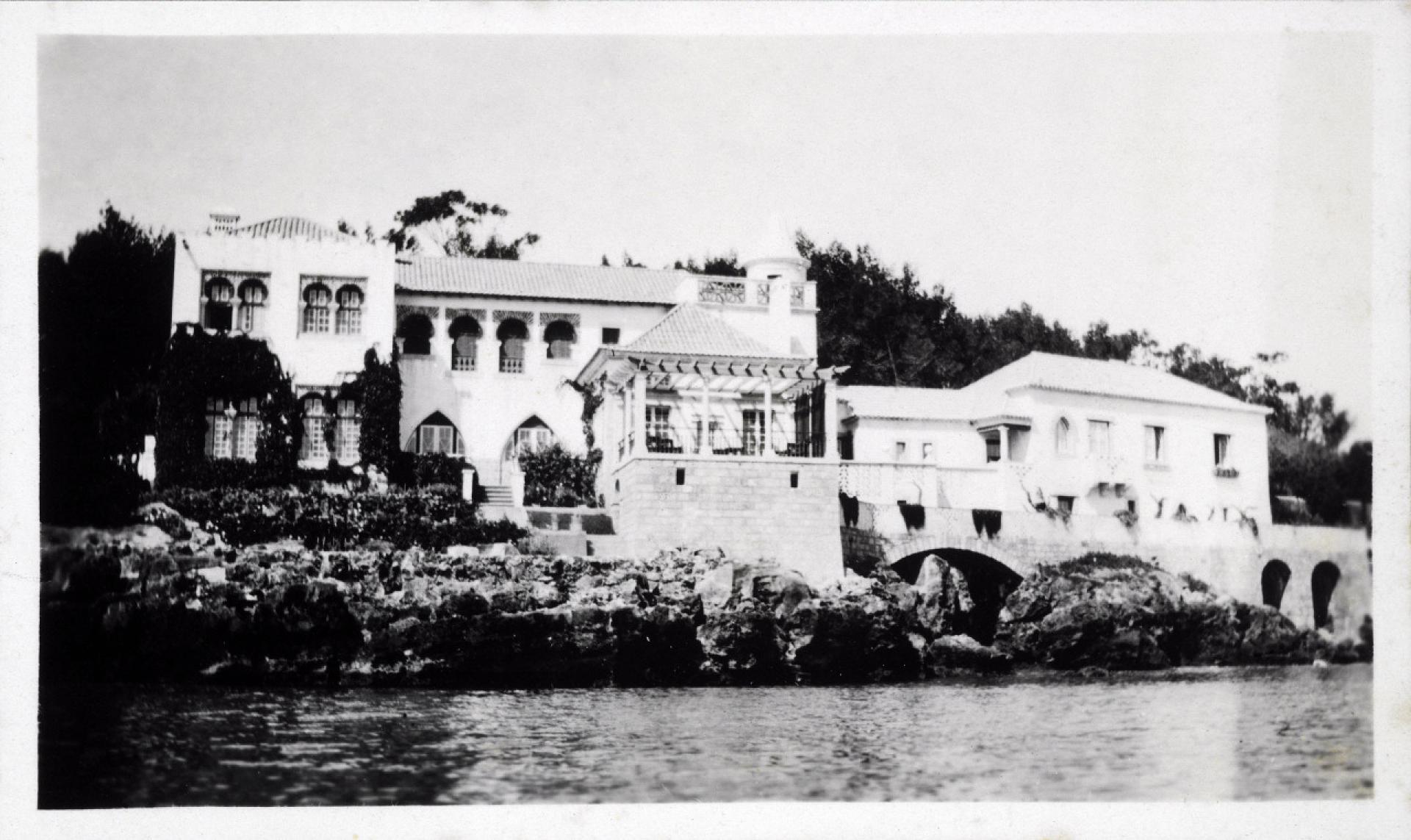
The House of Saint Mary was a luxurious private residence in Cascais, Lisbon District. It blends several architectural styles and influences and was built for Jorge O'Neil, an aristocrat connected to the tobacco industry. | Espólio Raul Lino - Gulbenkian Foundation I Art Library
Raul Lino visited Brazil, Mozambique and Italy. The most productive and creative period of his architectural production was between 1900 and 1920, when he projected some of his most emblematic works such as the so-called Moroccan houses between 1901 and 1903.
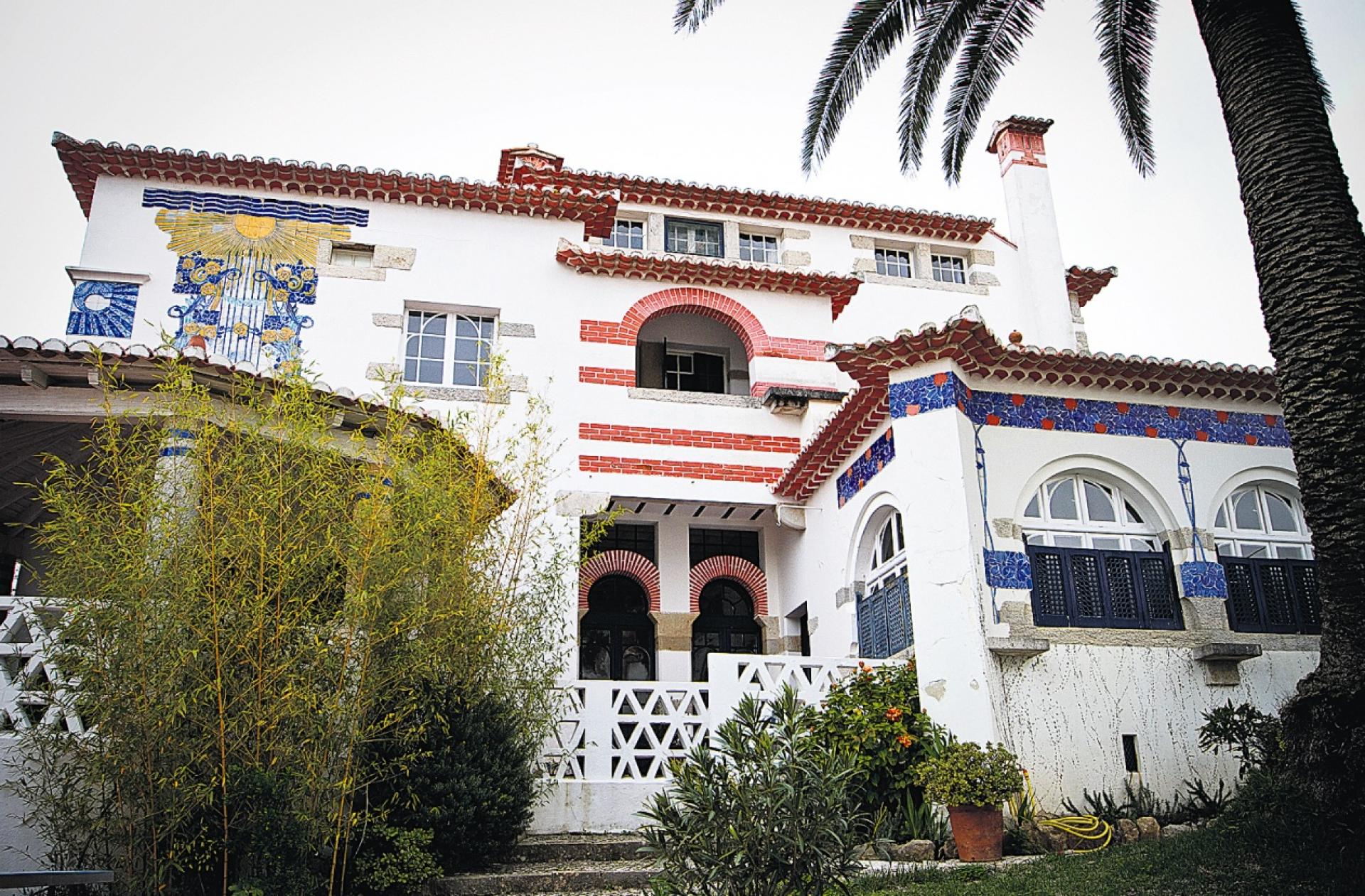
The Montsalvat House was built for the pianist Alexandre Rey Colaço. In this house the characteristics of the Portuguese house are evident in the line of the plundered and topped roof with eaves, on the porches, in the covered spaces stonework, whitewashing and the use of tile. | Espólio Raul Lino - Gulbenkian Foundation I Art Library
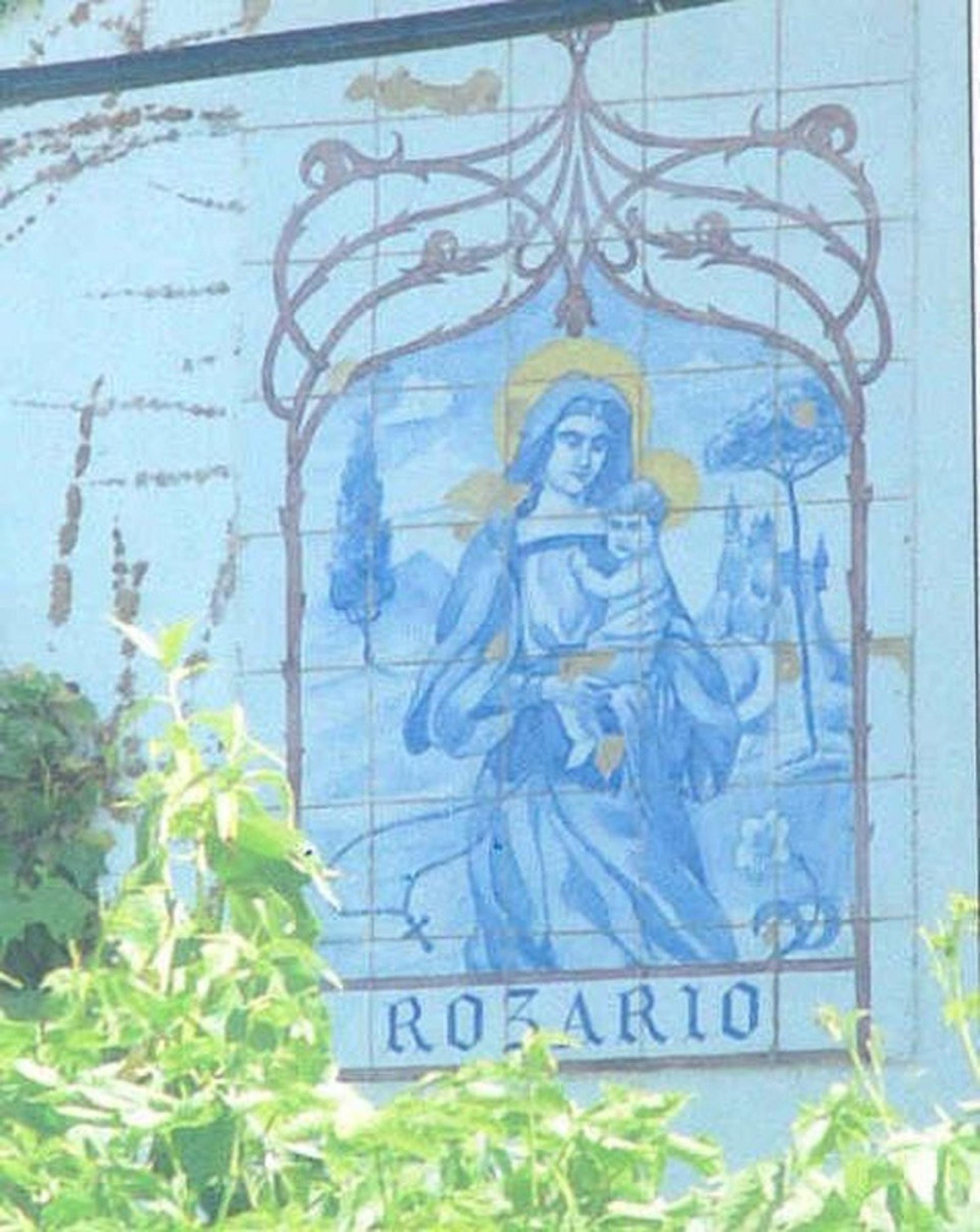
Silva Gomes House is one of Raul Lino’s emblematic projects for Monte Estoril, which was constructed when the eclectic architecture of the early years gave rise to more nationalist research. In the genesis of what would become the Casa Portuguese. | Espólio Raul Lino - Gulbenkian Foundation I Art Library
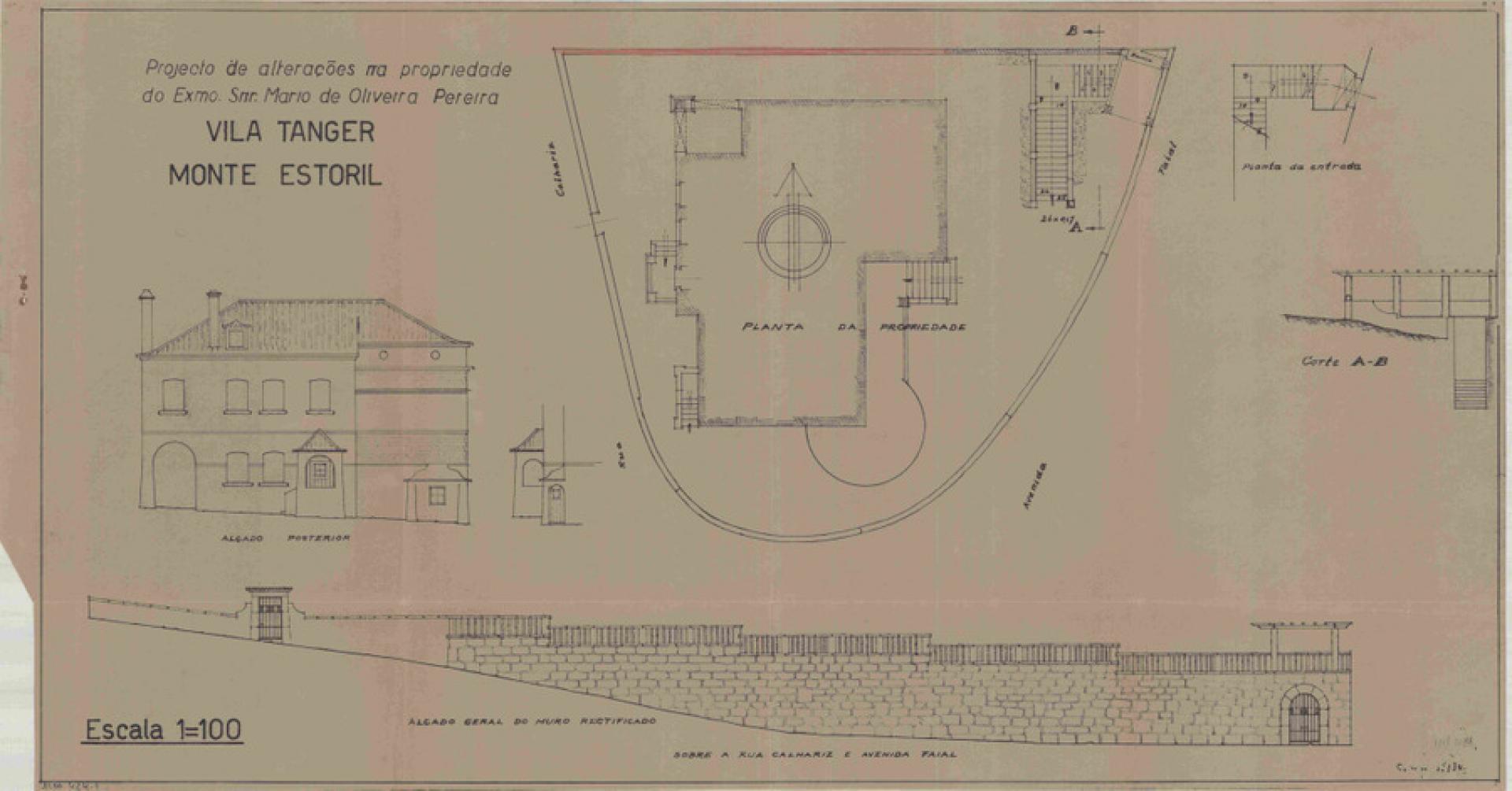
Tanger Villa was built in 1903 by order of an artist Jorge Colaço. The chosen location of Monte Estoril was in an accelerated process of urbanization, with a view to its transformation into a tourist resort of superior quality, which determined the appearance of multiple single-family houses, mostly with an eclectic tendency. | Espólio Raul Lino - Gulbenkian Foundation I Art Library
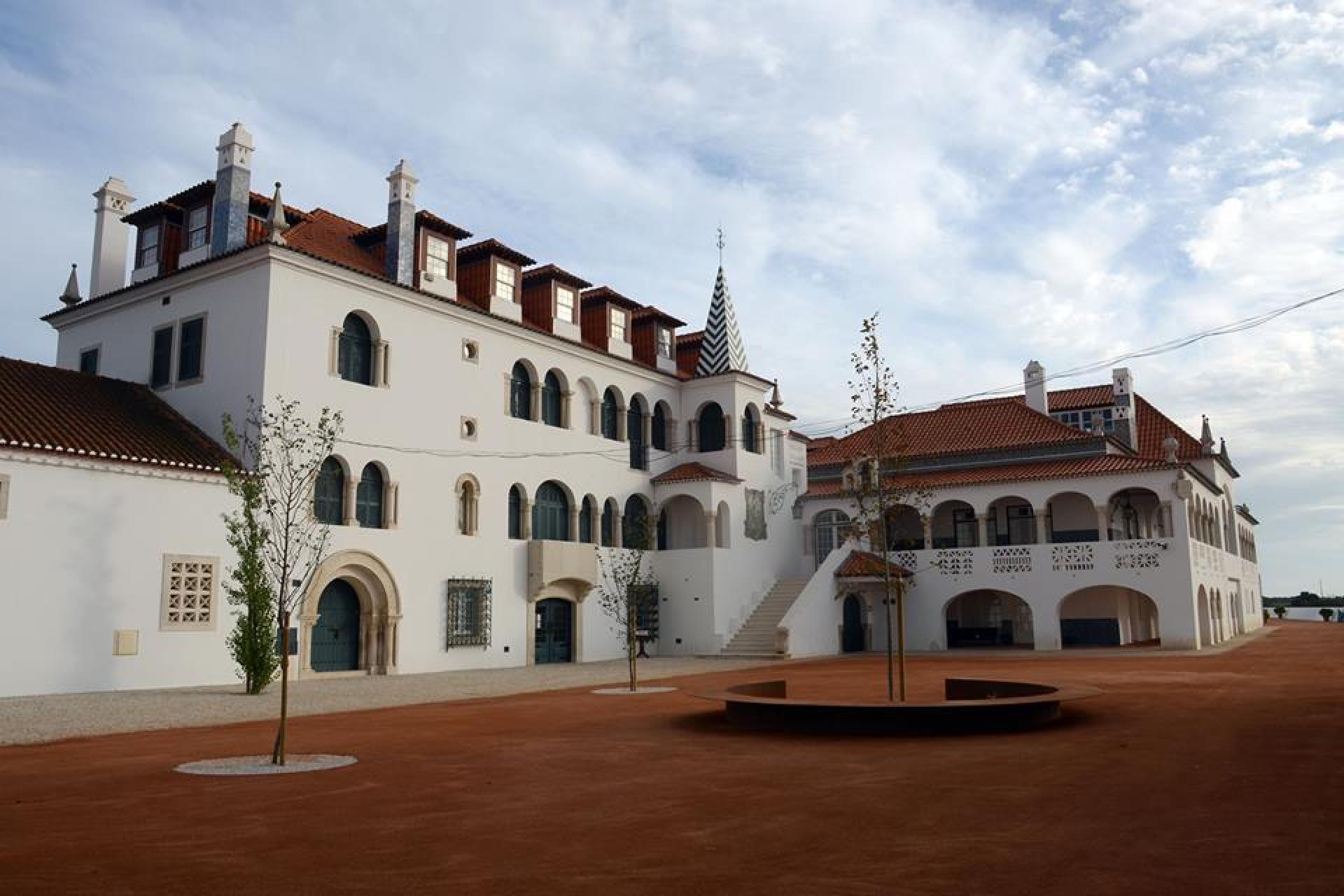
Patudos House was acquired by Carlos Relvas. His son José Relvas commissioned Raul Lino to remodel the old house, following a nationalist revivalist strand, which paid special attention to the country’s constructive traditions. | Espólio Raul Lino - Gulbenkian Foundation I Art Library
After 1920 Lino designed other two important houses: the Penedos House in Sintra (1920) and the White House at Azenhas do mar (1920). Although Lino is best known for his single family homes, he also is the author of other types of building, as stores - the “Gardénia Store” at Chiado (1917) and the “Socks Store” at Rossio (1931), the cine theater Tivoli (1918) in Lisbon, sanatoriums (Guarda and Portalegre). In 1940, Raul Lino was one of the architects of the Exhibition of the Portuguese World (Belém), author of the Brazilian Pavilion. Valorizing the architecture of Raul Lino with a selection of his drawings of the Lisbon Zoo is part of the exhibition Staged Nature: Zoo of Zoos.

Teatro Tivoli BBVA was a result of a bet by the businessman Frederico de Lima Mayer, who wanted to endow Lisbon with a space exclusively dedicated to the cult of the Seventh Art, a movement that was on the rise all over the world. | Espólio Raul Lino - Gulbenkian Foundation I Art Library
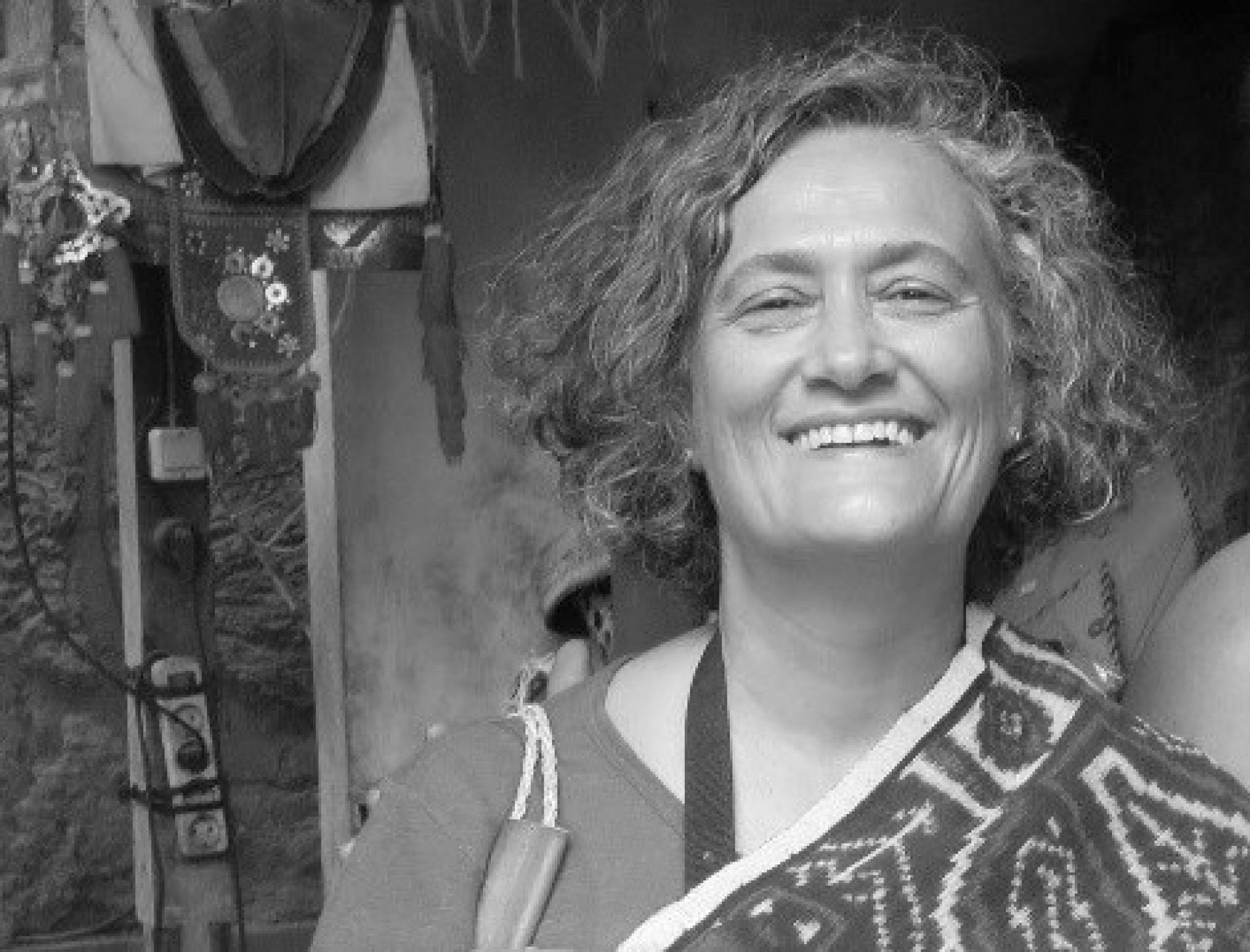
Ana Barata (Lisbon,1962) is graduated in History of Art and Master in Contemporary History of Art (FCSH/NOVA 1985, 2000). She is post graduated in Conservation and Recuperation in Buildings and Monuments by Faculty of Architecture of University of Lisbon (1986), Information Studies and Librarianship by University of Lisbon (1990) and Cultural Management by INDEG/ISCTE (2002). Since 1997 she is reference librarian at Gulbenkian Foundation Art Library.